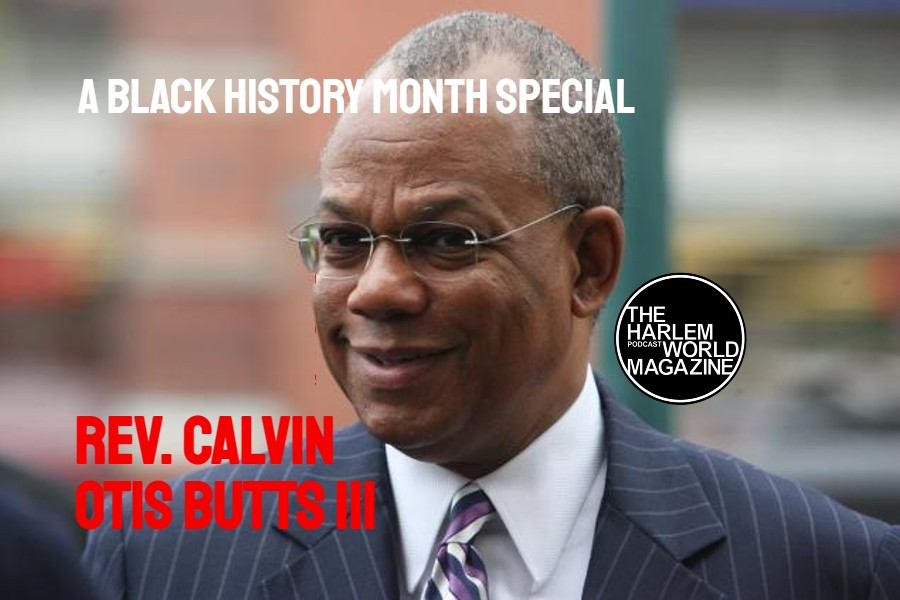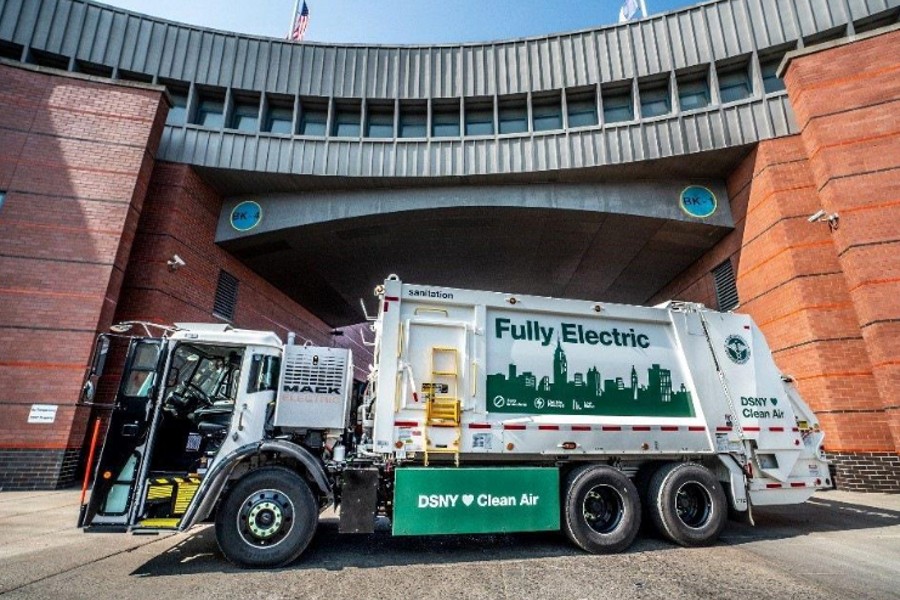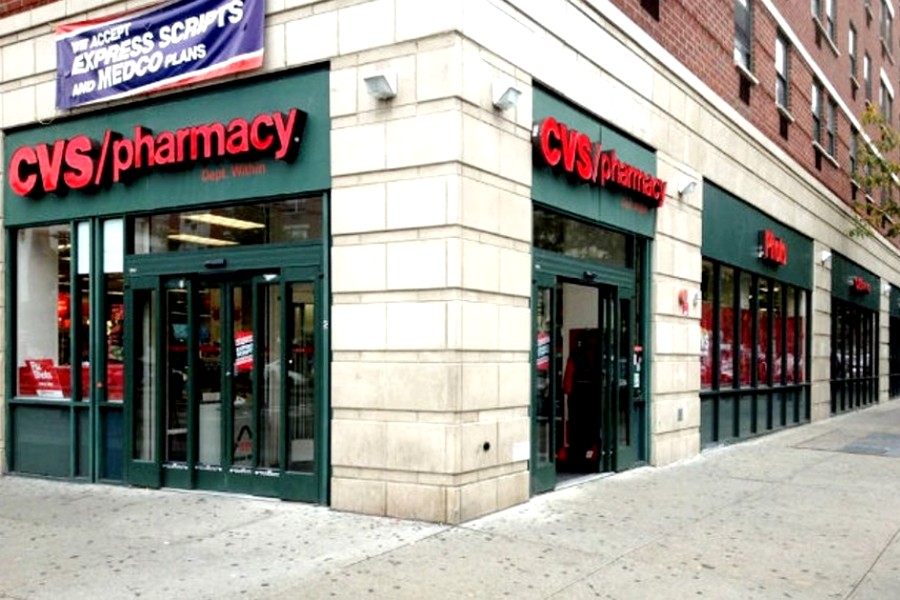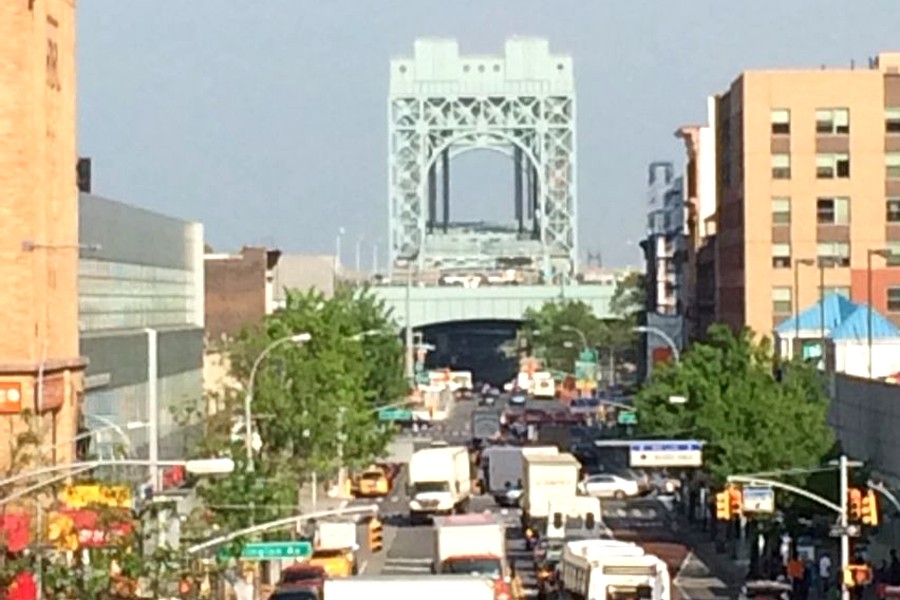 Two years ago, Chastity Ciprian said she asked about the two top-floor apartments, long vacant in her four-story building at Harlem River Houses, a public-housing project at the northern tip of Manhattan.
Two years ago, Chastity Ciprian said she asked about the two top-floor apartments, long vacant in her four-story building at Harlem River Houses, a public-housing project at the northern tip of Manhattan.
At the Betances Houses, 4B, a four-bedroom duplex, sat empty for nearly seven years.
She has a chronic rodent and roach problem in her two-bedroom apartment on the ground floor, she said, and wondered if the building management would let her move upstairs to Apartment 4A or 4B with her two young daughters.
“I said, ‘I’ll take the fourth and not deal with the pests,’ ” said Ms. Ciprian, 36, an assistant at a day care center. “They said, ‘You don’t want the fourth floor, trust me.’ ”
The apartments are still unoccupied.
Apartment 4B has sat empty for nearly seven years, and 4A next door for almost two decades — since 1994, New York City Housing Authority auditors have found. They are among hundreds of public housing units that have languished unoccupied year after year awaiting major renovations or a decision about their fate.
With nearly 179,000 apartments, the authority plays a key role in preserving the affordable housing the city already has. Although the authority has reduced the number of unoccupied units in recent years, it still allows many units to stay empty for long periods, long enough in some cases for the deterioration to spread.
As recently as this year, internal auditors faulted the agency for a lack of strategies to return apartments to the rent rolls more quickly. But housing officials say a lack of money is the main impediment to prompt repairs. The agency, which relies on federal housing funds, estimates it has a capital budget shortfall of $6 billion. Many vacant apartments are in limbo, and more are at risk, the officials said, because of the steady decline in federal subsidies.
“You really have to make choices,” said Cecil R. House, the authority’s general manager.
The capital crunch also poses a test for Mayor-elect Bill de Blasio, who has promised to increase the city’s affordable housing stock. Public housing advocates say the question is whether the city will step in with its own money to help preserve public housing buildings, some of them dating to the 1930s and 1940s, as federal funds continue to dry up.
“The city and state have capital they invest in stadiums and parks and museums and all sorts of public development,” said Victor Bach, a policy analyst with the Community Service Society of New York, an anti-poverty group. “It’s a matter of political will.”
The empty apartments wear the indignities of abandonment: broken windows, missing deadbolts, ripped plaster, graffiti on the walls. Some are further defiled by people and birds.
At Betances Houses in the Mott Haven section of the Bronx, a group of teenagers broke into Apartment 4B in one of the buildings from the roof two years ago, neighbors said. They moved in a mattress and television set, staying there for several months until they left a bathroom faucet running; water leaked into the apartment downstairs, and police were summoned.
“They were cooking, eating, having sex, using drugs,” said Joyse Ribera, 38, who lives next door, adding that her many complaints to the police and housing managers about the squatters went unheeded before the leak. “It looked like they weren’t going to school and came here.”
The apartment, a four-bedroom duplex empty since 2006, was just recently rented and the new tenants moved in this month. Housing officials said they have brought down the number of apartments vacant and awaiting major renovation to fewer than 800, from several thousand. Another 2,300 apartments are vacant as a result of routine turnover or relocation, the officials said.
But last year, Housing Authority internal auditors found that 319 of the vacant units had been empty for an average of more than seven years, awaiting major repairs like roof replacement. The auditors found that the work — and the return of the apartments to the rental pool — could be done more quickly. With the units off the rent rolls, the city has lost an estimated $1.4 million a year in rent, the auditors said.
Hurricane Sandy produced a new batch of empty apartments whose tenants needed to relocate because of flooding and damage from the storm. Housing officials said 110 ground-floor apartments remained empty a year later.
But more often a man-made problem has stymied efforts to bring apartments back on line. At West Brighton Houses on Staten Island, where 24 apartments were vacated between 2000 and 2006, the Housing Authority paid $391,445 on a $1.9 million renovation contract before halting the work, according to last year’s audit. Much more renovating was required than anticipated — including termite damage, rotting plumbing and the need to replace the roof — and the agency decided to cut its losses.
The apartments are still boarded up.
At Harlem River Houses, auditors have identified at least 42 apartments vacant for periods of four to 19 years. Housing officials said they have collected enough funds to bid $17 million worth of contracts this month for exterior brick and roof replacement and apartment repairs that were expected to start early next year.
Officials said the top-floor apartments there were vacant because of water leakage. But they could not explain why some have sat empty since the 1990s, even before the housing agency’s capital budget took a nose-dive.
Members of the New York congressional delegation have asked for a comprehensive audit of the authority’s operations, saying that the agency has to get its own house in order before it lobbies for more federal money.
Scott M. Stringer, the city’s comptroller-elect, said he would begin such an audit when he takes office in January. “When you have thousands of people waiting, there’s no excuse for having any apartment vacant for five to 10 years,” he said, alluding to the more than 220,000 names on the wait list for an apartment in the projects.
The work needed to bring some units back can be considerable.
At Betances Houses, a complex of low-rise buildings, 4B, the empty four-bedroom temporarily invaded by teenagers, needed structural upgrades, housing officials said. The money was eventually found to do $3.4 million worth of work in that and other units — a total of 124 apartments — which was completed by 2011, they said.
Housing officials said that some units at Betances remained vacant until now because they still needed minor work, although auditors found some to be in “good condition” last year. Another reason for delays, officials said, was the Bloomberg administration’s decision to hold off for several months on renting vacant public housing apartments so that families displaced by Hurricane Sandy could be accommodated.
Still, the vacancies left some neighbors shaking their heads.
Brazal Sway, 25, a hospital lab technician who said he lived in a city shelter with his family briefly when he was in his teens, before his mother got her place at Harlem River Houses, said: “That’s what’s messed up about it — for all these places to be open and there’s people in the shelters.”
Related articles

Become a Harlem Insider!
By submitting this form, you are consenting to receive marketing emails from: Harlem World Magazine, 2521 1/2 west 42nd street, Los Angeles, CA, 90008, https://www.harlemworldmagazine.com. You can revoke your consent to receive emails at any time by using the SafeUnsubscribe® link, found at the bottom of every email. Emails are serviced by Constant Contact






















